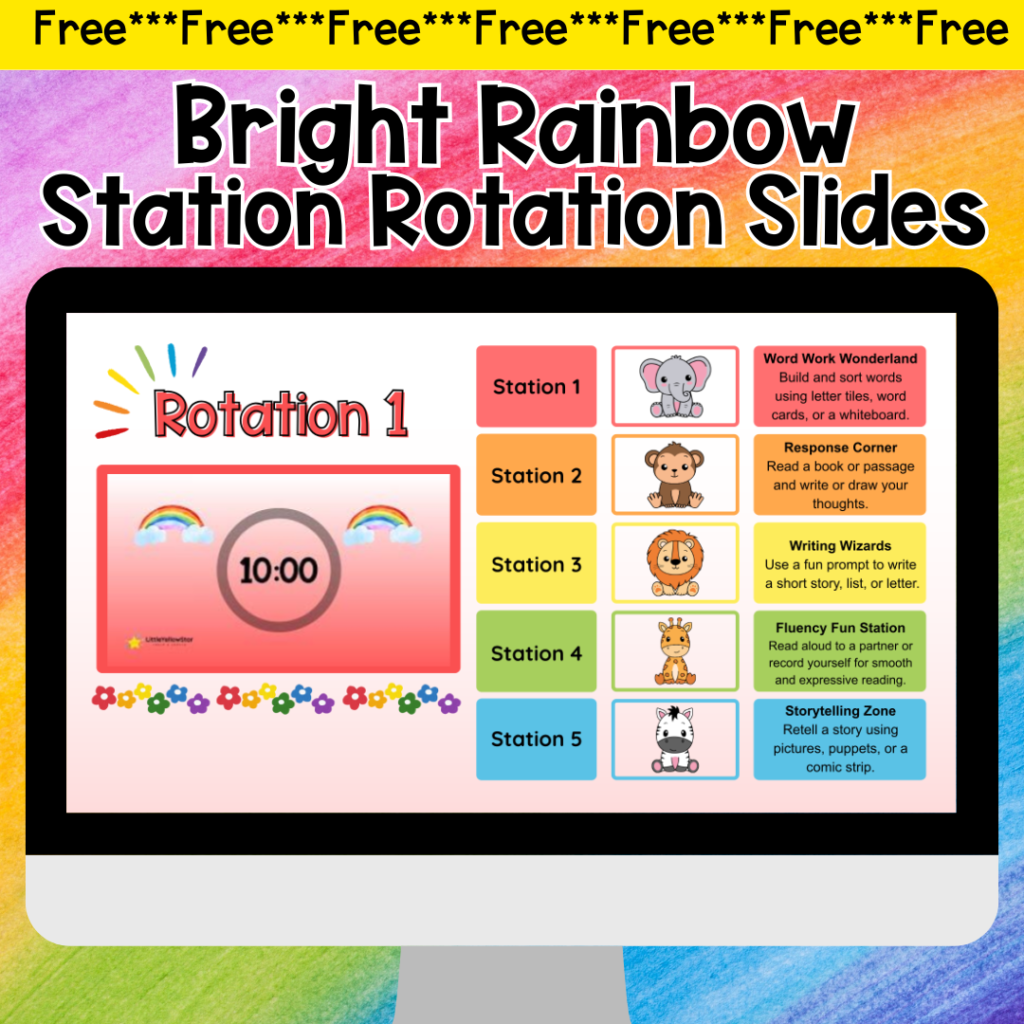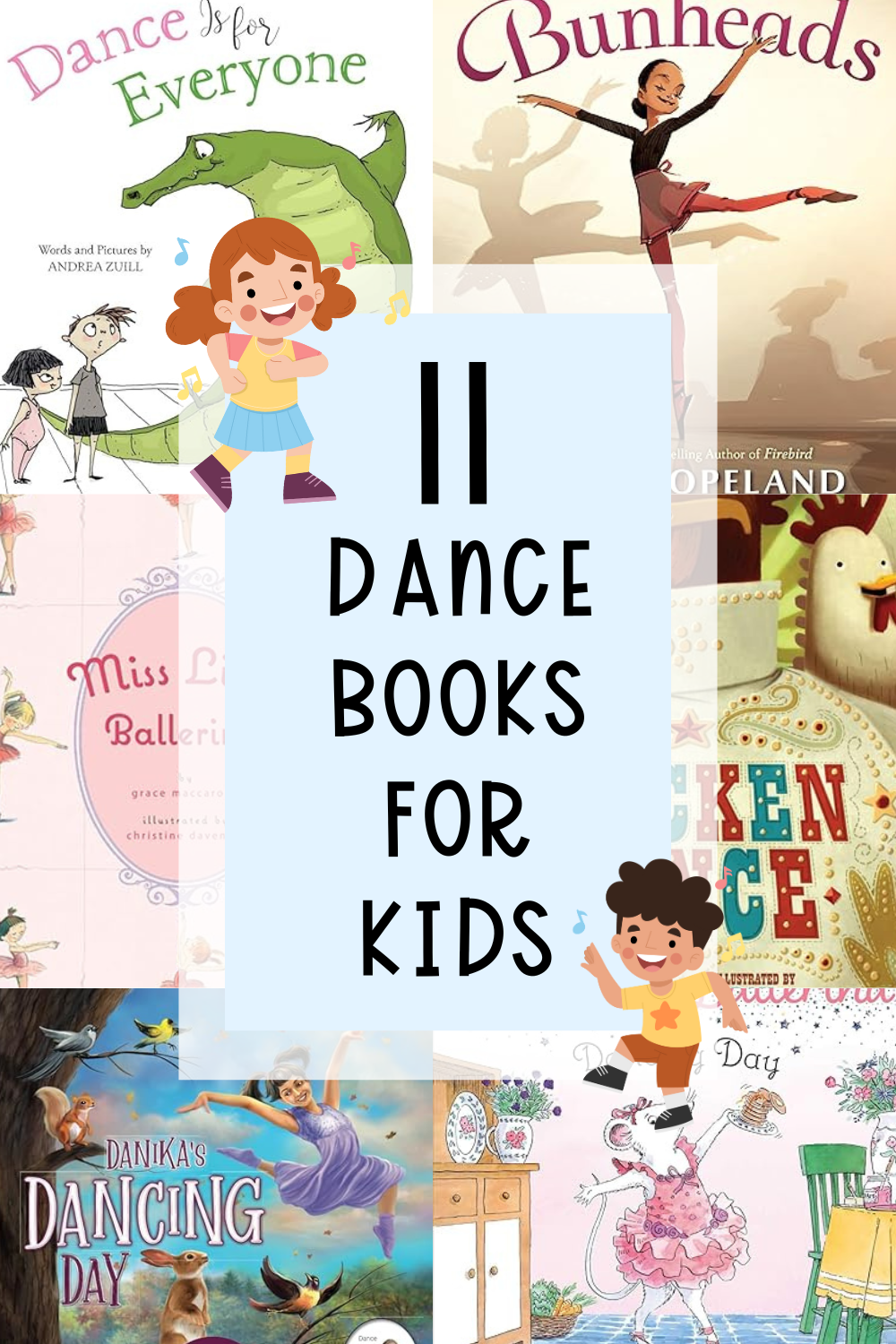Managing station rotations in a classroom can be a tricky balancing act. Ensuring activities stay organized and that students remain engaged while transitioning smoothly can feel like a challenge—but that’s where timers come to the rescue!
Timers are an invaluable tool for structuring lessons, keeping students focused, and ensuring equal time at each station. Whether you’re working with elementary learning centers or project-based rotations in higher grades, timers provide key benefits, such as managing time effectively, reducing transition stress, and boosting student focus.
In this post, we’ll dive into the top six benefits of using timers in stations or rotations. Plus, don’t miss out—grab some free rotation slides along the way!
6 Reasons To Use Timers in Station Rotations
1. Timers Maintain Structure and Pacing
Timers are a powerful tool for creating a structured and predictable environment in classrooms with stations or rotations. When students know there’s a set amount of time for each station, they are more likely to stay focused and complete tasks efficiently.
Using visual timers can be especially effective, as they allow students to see how much time remains, helping them manage their work and reduce anxiety. This simple strategy promotes self-regulation and ensures students can pace themselves appropriately.
- Why It Works:
Timers prevent groups from spending too much—or too little—time on a single station. This ensures that every group rotates evenly and no station is overlooked. - Benefit:
Timers keep activities running smoothly and guarantee balanced learning across all stations. This is especially valuable in content-heavy lessons where even time distribution is critical for covering all material effectively.
2. Timers Encourage Accountability

Timers play a key role in helping students stay engaged and focused during station or rotation activities. Knowing they are working within a set timeframe provides a clear structure and a sense of urgency, motivating them to stay on task and manage their time effectively.
Timers with alarms set for a one-minute warning are particularly useful, as they signal students to begin cleaning up and preparing to transition to the next station. This ensures smooth and efficient transitions between activities.
- How It Helps:
Timers encourage students to take responsibility for their tasks, knowing they have limited time before rotating. This fosters collaboration, time management, and focus as they work together to complete their objectives within the allotted time. - Tip:
Incorporate visual countdown timers so students can easily track how much time remains. This helps them stay accountable without requiring constant reminders or intervention from the teacher.
3. Smoother Transitions Between Stations
Managing transitions is often one of the most challenging aspects of station-based learning. Timers make this process seamless by signaling when it’s time to switch activities, reducing confusion and maintaining the flow of the lesson.
Timers with alarms, such as a chime or bell at the one-minute mark, provide students with a clear reminder to begin cleaning up and preparing to move to the next station. This ensures they are ready for the next activity without unnecessary delays.
- Visual or Auditory Cues:
Using visual timers on a screen or auditory cues like bells helps students anticipate transitions. These signals eliminate the need for lengthy explanations or frequent reminders from the teacher, keeping transitions smooth and stress-free. - Benefit:
Timers reduce downtime, keep the lesson moving efficiently, and minimize distractions during transitions, ensuring that valuable instructional time is used effectively.
4. Flexibility for Differentiated Instruction

Timers are invaluable for creating a flexible learning environment, especially when implementing differentiated instruction. In stations or rotations, students often work at varying paces based on their abilities or learning needs. Timers can help accommodate these differences seamlessly.
- Staggered Timers:
By using staggered timers, you can give some groups more time on certain activities while advanced learners move on to enrichment tasks during downtime. This ensures all students receive the support or challenges they need without disrupting the flow of the lesson. - Individual Pacing Tools:
Incorporate handheld digital timers or hourglasses for students to pace themselves independently. This strategy empowers students to manage their time effectively based on your set expectations. - Example:
In a reading rotation, struggling readers might benefit from extra time at a comprehension station, while advanced students complete the station more quickly and move on to an additional enrichment activity. - Benefit:
Timers create a flexible learning environment that meets individual needs while maintaining the overall structure and flow of the lesson, ensuring no student feels left behind or held back. - Check out this blog post on using timers to build reading and writing stamina for more tips!
5. Efficiency in Time Management for Teachers
Timers aren’t just useful for students—they’re a game-changer for teachers, too. By structuring the flow of stations with timers, teachers can better manage their time and focus on providing meaningful support to all groups.
With visual timers and clear rotation slides, teachers are freed from having to constantly remind students to clean up or transition. Instead, they can focus on observing student progress, offering real-time feedback, and facilitating small group or guided learning sessions.
- Why It Works:
Timers allow teachers to rotate along with students or schedule specific intervals to check in with certain groups. This ensures that no group is overlooked and that feedback is evenly distributed. - Benefit:
By eliminating the need to micromanage transitions, teachers can spend more time preparing and engaging with small groups, enhancing the quality of instruction and student learning outcomes.
6. Timers Reduce Overwhelm for Students

For students who struggle with staying on task or feel overwhelmed by large assignments, timers can make learning more manageable. Breaking the process into smaller, timed chunks helps create a sense of focus and control, reducing anxiety and making tasks feel less daunting.
Visual timers are especially effective in reducing stress. Imagine being told you have 10 minutes to complete a task but having no way to track how much time is left—it’s unsettling! A visual timer provides transparency, allowing students to gauge their progress and pace themselves with confidence.
- Why It Helps:
For students who feel pressured to complete everything perfectly, a timer encourages them to focus on steady progress rather than perfection. This shift in mindset can foster productivity and reduce unnecessary stress. - Tip:
Use soft, non-intrusive sounds for your timers, such as gentle chimes, to signal transitions without startling students. This is particularly important in quieter stations like reading or independent work.
The Power of Timers in the Classroom
Timers are a simple yet powerful classroom management tool that can transform the way stations or rotations are conducted. By helping students stay on track, improving transitions, and promoting focus, timers create a structured and efficient learning environment. They support accountability, allow for flexibility in differentiated instruction, and help both students and teachers make the most of their time.
Whether integrated into digital platforms or used as standalone visual or auditory cues, timers are a versatile and effective solution for classrooms of any size or grade level. From improving transitions to streamlining lessons, they empower educators to manage their classrooms with ease and foster a more productive learning experience for all.
Check out the timers on my YouTube channel for ideas and inspiration to seamlessly integrate them into your classroom!
Happy Teaching!
Prima from LittleYellowStar
* * *












